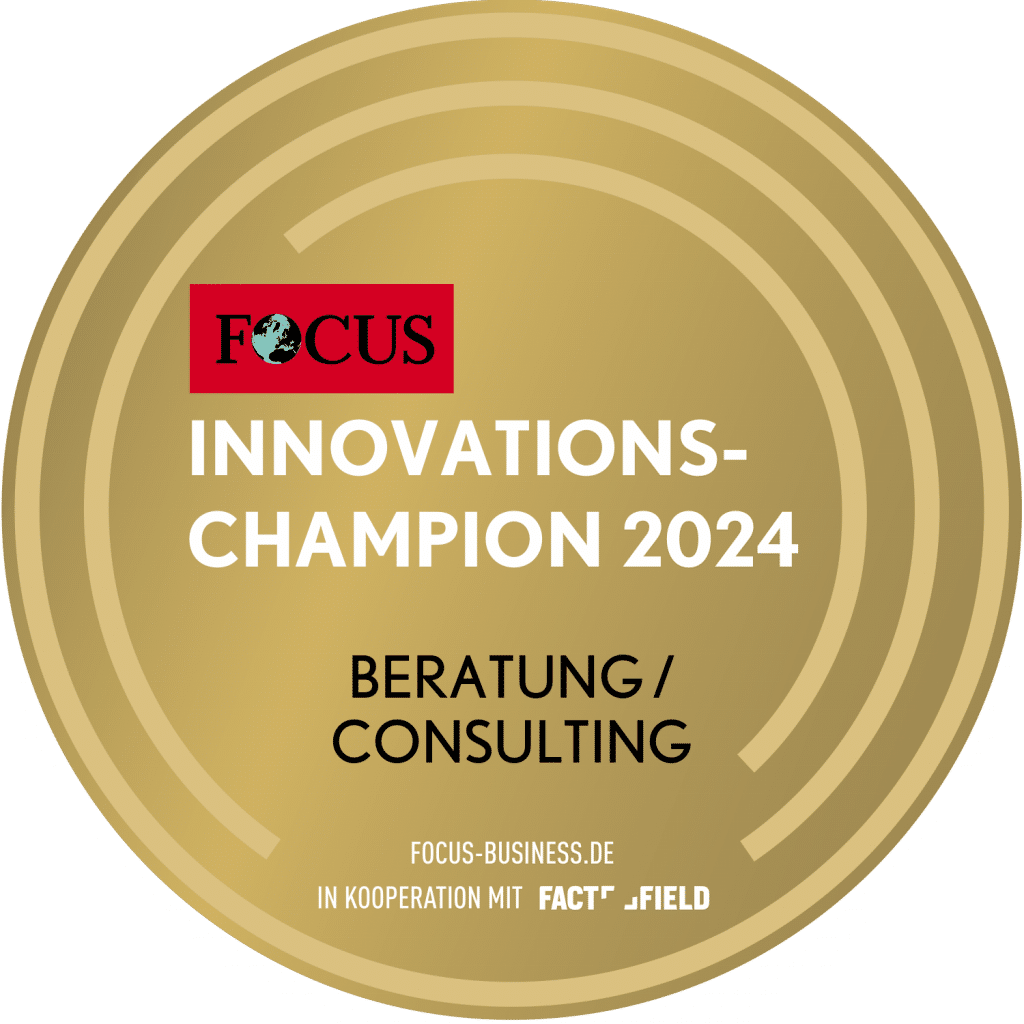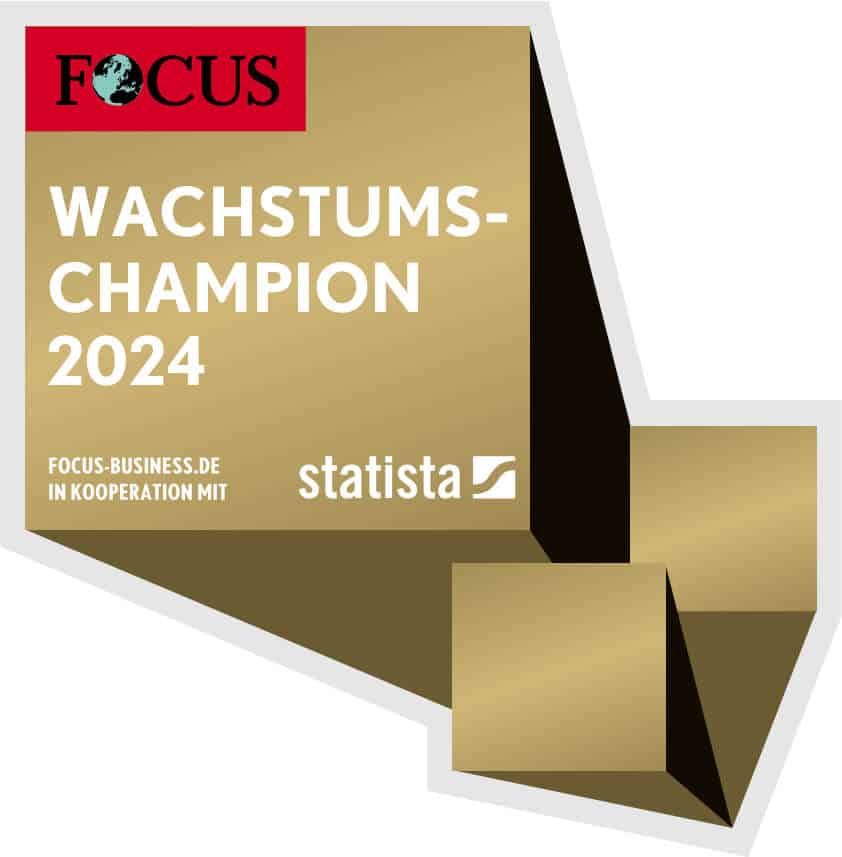Unternehmen müssen flexibler werden und ihre Strukturen erneuern. Auch die Prozesse in den Organisationen bedürfen einer Überprüfung, so Frank Ahlrichs, Autor des Beitrags „Auswirkungen von SAFe® auf das Management von Geschäftsprozessen“. Nur durch Anpassungen lässt sich der Aufwand geringhalten und die Prozesse im Unternehmen effizient gestalten. Im Interview erklärt Frank Ahlrichs, wie Prozesse, Teams und Verantwortlichkeiten zukunftsorientiert gestaltet werden können.
Stabile Prozesse ermöglichen flexible Inhalte
Katja Heumader: Müssen wir die Prozesse in Organisationen künftig anders betrachten?
Frank Ahlrichs: Definitiv! Die Welt um uns herum wird immer dynamischer und erfordert immer wieder Anpassungen an die Spielregeln unserer gemeinsamen Arbeit, also den Prozessen. Dies erfordert dann viel Overhead-Aufwand, der irgendwann nicht mehr sinnvoll leistbar ist. Also müssen wir die Art, mit der wir Prozesse definieren und managen, hinterfragen beziehungsweise ändern.
KH: Durch Standardisierung lassen sich Effizienzsteigerungen erzielen. Gleichzeitig erfordern sich schnell ändernde Rahmenbedingungen Flexibilität. Wie lassen sich diese beiden Aspekte in Einklang bringen?
FA: Tatsächlich scheint das zunächst ein Widerspruch zu sein. Bei näherem Hinsehen ist es das aber nicht. Es gibt mehrere Ebenen der Flexibilität beziehungsweise Agilität. Das führt dann zu einer Mischung aus Stabilität und Agilität. Ein Beispiel: Die Entwicklung von Produkten mit Scrum als agiler Methode schafft inhaltlich die Flexibilität, schnell auf neue Marktanforderungen zu reagieren. Der Prozess in der Anwendung von Scrum ist aber ein sehr stabiler und klarer Prozess: Tägliche Stand-up-Meetings, Sprint-Planung, Retrospektiven, et cetera. Ein stabiler Prozess beschreibt eine agile Methode. Andererseits kann auch der Prozess in seinem Inhalt flexibel sein, indem er die Vorgehensweise nicht mehr im Detail, sondern nur noch in Eckpunkten beschreibt, die für alle Ausführenden gleich sein müssen. Dies bietet die Freiheit, situationsbezogen zu reagieren und zielgruppenbezogen die passenden Methoden anzuwenden.
Team-Entscheidungen gehört die Zukunft
KH: Die hierarchische Organisationsweise in vielen Unternehmen kann die neuen Marktanforderungen nicht mehr erfüllen. Stattdessen sind fluide und vernetzte Strukturen nötig. Wie lässt sich dieser Umbau in der Praxis bewerkstelligen?
FA: Ja, das stimmt. Vernetzte und fluide Strukturen werden aus zwei Gründen nötig. Erstens wird der traditionelle Dienstweg zu langsam für die schnell erforderlichen Entscheidungen und zweitens müssen immer mehr Informationen zum Entscheider transportiert werden, weil die Kontextbedingungen komplexer werden. Da bringt man besser die Entscheidungen dorthin, wo die Informationen sind, also dezentralisiert sie.
Entscheidungen sollten dann von Teams, also nicht mehr zwingend von Einzelpersonen, getroffen werden. Diese Teams müssen die Selbstorganisation erst einmal lernen. Die Dezentralisierung sollte also schrittweise erfolgen. Strategische und sehr langfristig wirkende Entscheidungen sollten weiterhin von der Geschäftsleitung getroffen werden.
KH: Entstehen aus einer solchen dezentralen Struktur nicht Probleme bezüglich der Verantwortlichkeit für Ergebnisse und Aufgaben?
FA: Die operative Verantwortung für Ergebnisse und Aufgaben gehen auf die dann oft selbstorganisierten, dezentralen Teams über. Dafür gibt es verschiedene Organisationsformen, zum Beispiel die Holokratie. Diese dezentrale Verantwortung erkaufen sich die Teams durch Verlässlichkeit. Dies ist die Währung, in der man dem Top-Management beweist, dass man die Aufgaben im Griff hat. Verlässlichkeit in Umfang und Termin für kurze Zyklen, also die so genannten Sprints oder Iterationen. Auf diese Weise trennen sich in den Prozessen die Rollen der Verantwortlichkeit (engl. Accountability) und der Durchführung (engl. Responsibility). Die Rollenbezeichnung nach dem RACI-Prinzip trennt dies schon immer, nur sind „R“ und „A“ heute in vielen Fällen bei denselben Personen.
KH: Herr Ahlrichs, ich danke Ihnen sehr für das Gespräch.
The interview with Frank Ahlrichs was conducted by Dr. Katja Heumader for the TCI editorial team.
"Agility in companies": theoretically sound and practical

The focus of "Agility in Companies" is on the practical application of the concepts. In addition to an introduction to the theoretical foundations, the contributors to the anthology cover various areas: Corporate and personnel management, organizational management, evaluation and controlling, decision-making behavior, roles in projects and the management of business processes.
"Agility in Companies" is aimed at internal and external practitioners for whom transformation management is at the center of their tasks. Coaches, business managers, managing directors and other decision-makers will benefit from the comprehensive perspectives in this anthology, as will academics and lecturers specializing in organization, agile management, project management, business management, change management, product management, development, process management and strategic management.
Note from the editors:
Buy the entire book or individual chapters directly here as eBook for Euro 46.99 (complete edition) or Euro 26.70 (individual chapters)!
Or order the anthology as a high-quality Hardcover for Euro 59,99!
Quelle Coverbild: © Funtap | Adobe Stock


